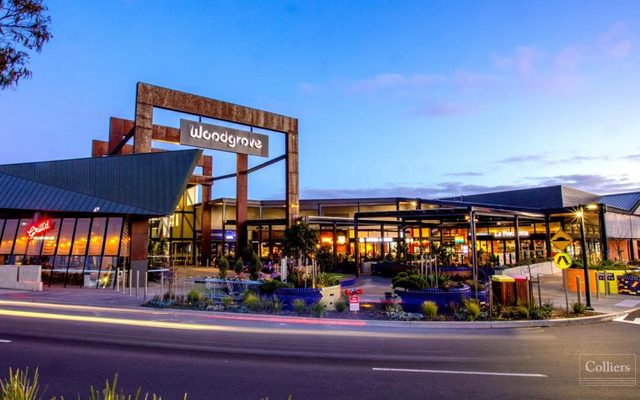This article is from the Australian Property Journal archive
SHOPPING centre vacancies have hit their highest point in over 20 years, and retailers are beginning to weigh up moves to optimise their store networks beyond the National Code of Conduct and government stimulus measures.
JLL research showed vacancies had risen despite the re-opening of retail and a rebound in foot traffic in recent months.
The national average shopping centre vacancy rate increased to 5.1% in June from 3.8% in December. Including CBD retail and large format retail, the vacancy rate increased from 4.8% to 6.3%. Temporary store closures as were not counted as vacant for the survey.
“We’ve seen a rebound in sales and foot traffic at the lowest in April across our managed portfolio of approximately 300 centres, but approximately 5-10% of stores remain temporarily closed across the industry,” JLL’s head of retail, property & asset management – Australia, Tony Doherty said.
“While the National Code of Conduct for commercial tenancies is providing some structure to tenant-landlord rent relief negotiations for SME’s, the focus for some national retail chains is shifting to more permanent decisions for rationalising their store numbers.”
JLL’s senior director of retail research – Australia, Andrew Quillfeldt said government stimulus has generally been supportive of business continuity, employment and households, and this had partly contributed to the rebound in retail sales in May of approximately 16.9% from the all-time low in April of negative 17.7%.
“We remain cautious about the outlook for discretionary retail as stimulus measures roll off later in the year which is likely to contribute to an upward trend in vacancy rates.”
“The events throughout the past few months, which have led to many discretionary retailers planning to shrink their store network, will likely polarise the retail property sector even more.
“This is likely to drive divergence even further between the performance of prime and secondary quality shopping centres – a trend which has been occurring for some time already.”
Major shopping centre landlords have undertaken portfolio optimisation programs over the past 12 to 24 months, and heavy hitters including Stockland have been moving away from retail assets to the industrial and logistics sector as their shopping centres have their values slashed – a trend that predated the pandemic.
Stockland is expecting a 10% devaluation of its retail portfolio, while Mirvac booked a $349 million hit to its retail segment, and GPT a $476 million hole in its latest round valuations.
Charter Hall Retail REIT turned heads last week, stepping away from its typical shopping centre targets to buy a 52% interest in Coles’ South Australia and Northern Territory distribution centre in Adelaide. That followed the divestment of a Pemulwuy Market Place and West Ryde Market Place shopping centres for $126.5 million, and the trust is now reportedly close to selling its Cootamundra Woolworths in regional New South Wales for $15 million.
JLL’s latest figures showed the commencement of new projects and extensions were the lowest since 2009, at just 22,900 sqm in the June quarter as owners scale back capex programs. Each of the six projects that went ahead in the June quarter were all convenience-based centres anchored by a supermarket.
“Neighbourhood and large format retail centres have been much more resilient, from a foot traffic, sales and rent collection perspective as these sectors have benefited from the boost in sales of food and household goods,” Quillfeldt said. “Development activity is reducing significantly given the focus on converting existing space. The lower levels of new supply will help rebalance market conditions over the next three to five years.”
Quillfeldt said the handing back of space both at a speciality level along with the downsizing of department stores and discount department stores is one of the biggest challenges for owners now.
“We’re expecting to see an acceleration of the alternate-use conversion theme as owners look to extract value from retail assets, whether it’s a partial or full conversion,” Mr Quillfeldt concluded.
The sector had already experienced headwinds before the COVID-19 outbreak, forcing Australian retailers including Colette by Colette Hayman, Jeanswest, Bardot and 170 year old department store Harris Scarfe into administration, and fast-tracking space optimisation by the major department stores the extended to asset sell offs by David Jones.





